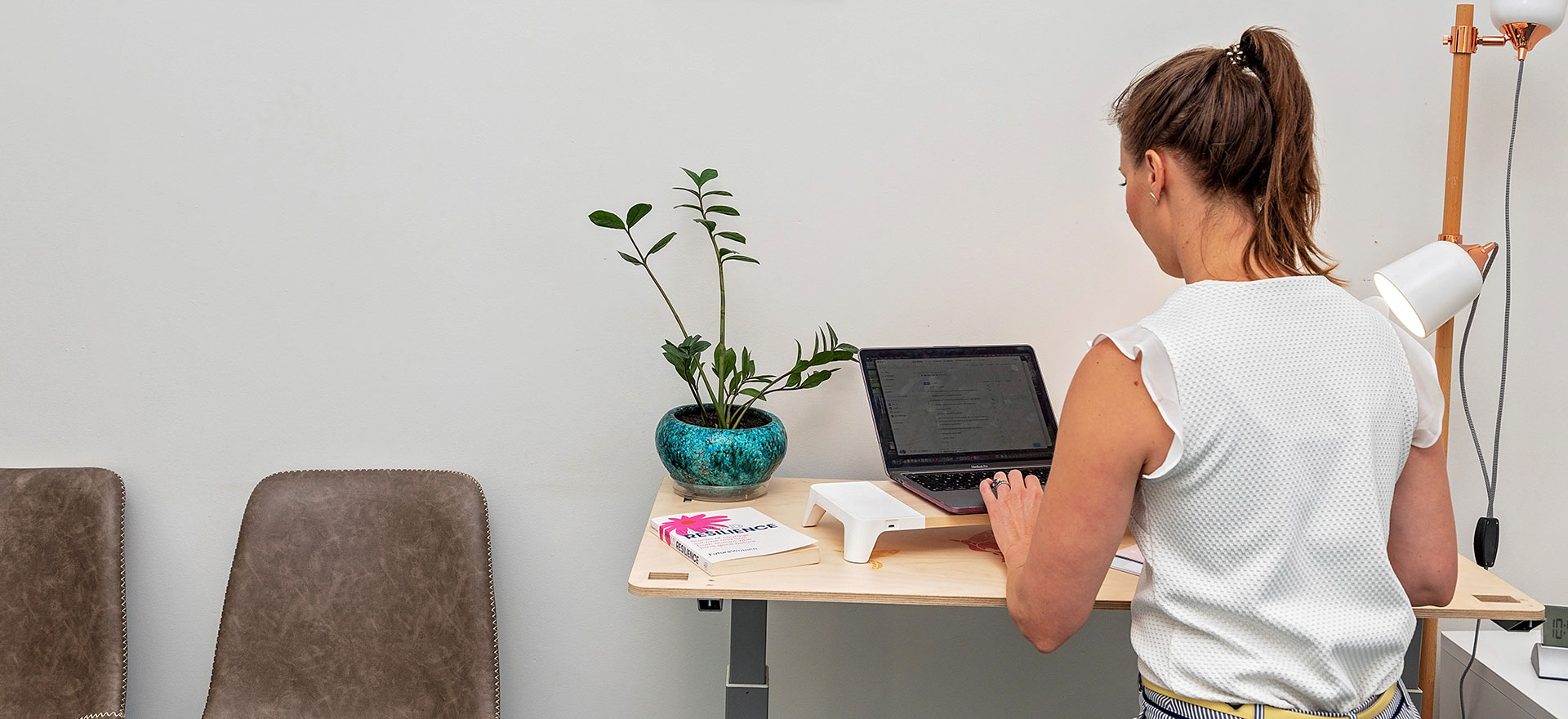Fascia-nating!
A quick tour of your myofascia's WHAT and WHY - By our Resilient Health Osteopath Dr Mel Pierlot!
What is Myofascia or Fascia?
Fascia is a type of connective tissue and it is found EVERYWHERE in our body.
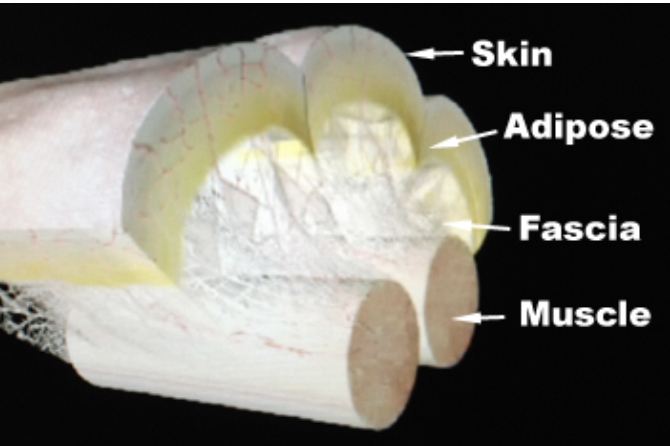
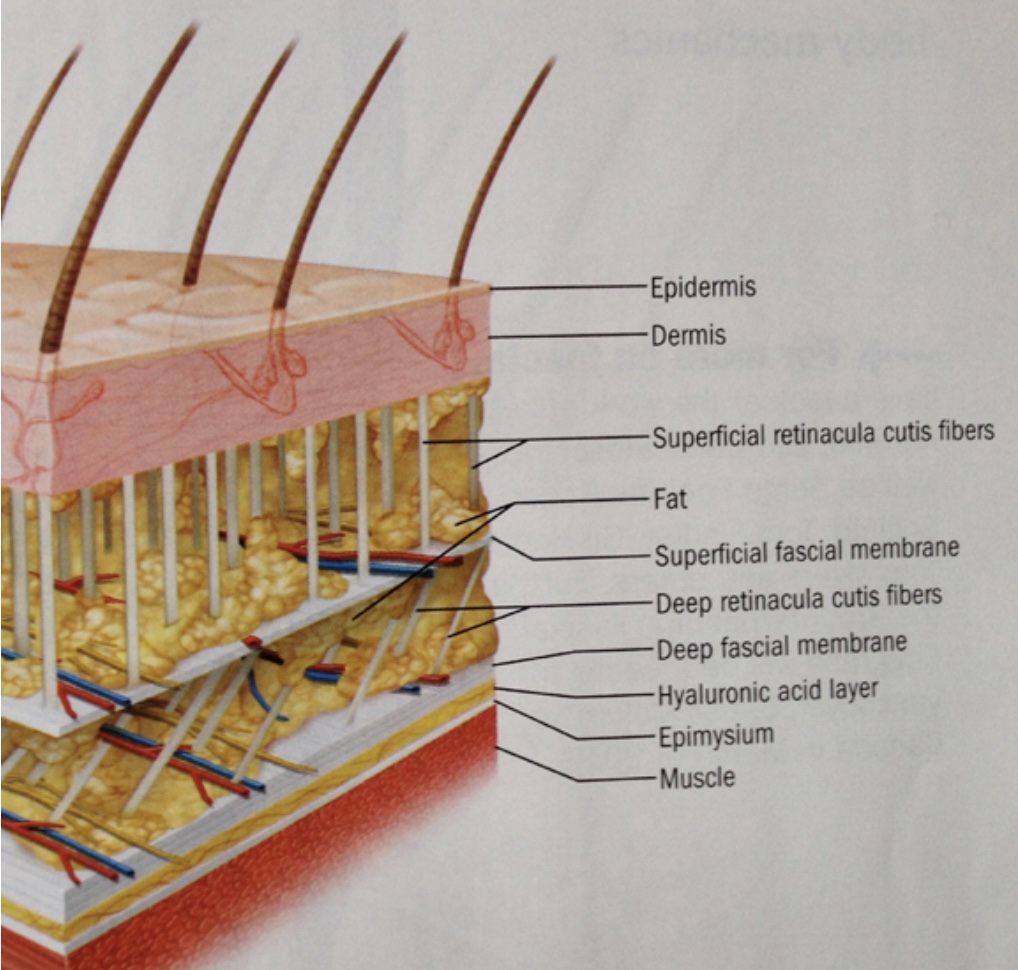

Fascia is made up of dense bundles of collagen and it is comparable to the pith of oranges and mandarins (the white stringy, spongey stuff)... you will frequently hear our Resilient Health Osteopaths explain the fascia as the "clingwrap" of the human body.
Dr J Gordon Zink, DO, FAAO (Doctor of Osteopathy) identified different fascial patterns that compensated for a person's structural and functional problems in the late 1970s!

What are the wonderful ways fascia works in our body?
When it comes to the Fascia we often think of it as the four P's: Packaging, Protection, Posturing, Passageways. But to go a little deeper in the detail we will look at:
Compartmentalising
Sliding and gliding
Force and movement production
Posture and pain
Connects our entire body together
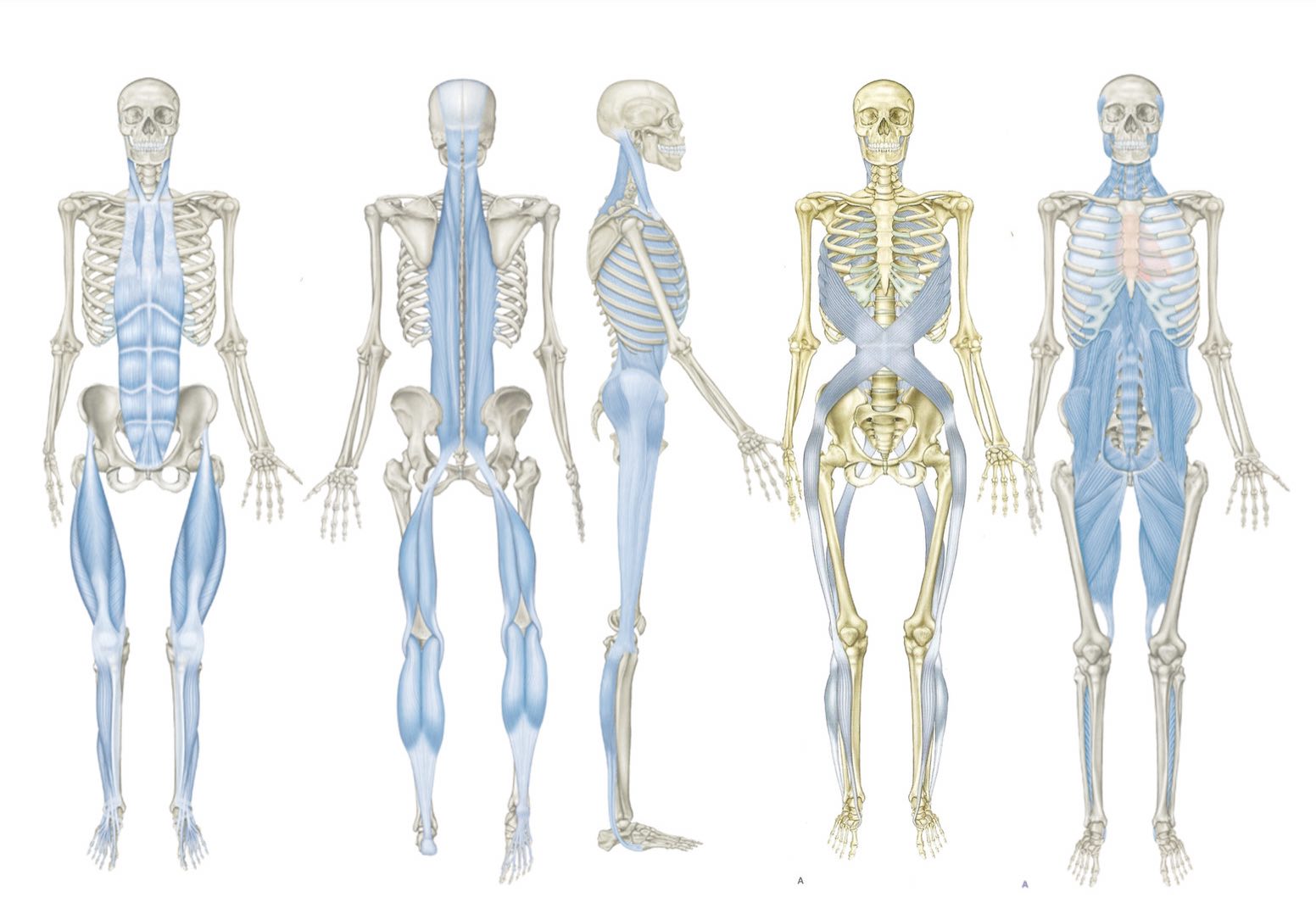
Compartmentalising:
Fascia wraps around every single muscle, organ, vessel and bone in our body. It groups muscles together that have similar functions (e.g. grouping all 12 of your wrist extensors together so they can work as a team!), and it wraps all of our tissues together to hold everything in place and has a large part to play in the function of our respiratory, circularoty and lymphatic systems. Without fascia, these systems WOULD NOT function!
It is similar to the way pith compartmentalises mandarins into perfect bite size pieces!
Sliding and gliding:
Fascia allows for muscles, organs and vessels to slide and glide across one another without getting stuck. For example, fascia allows all of our organs to move out of the way when growing a human, or if you’ve had a big meal!
Dysfunction of the fascia is often a cause for congestion - this is something our Resilient Health Practitioners are able to check.
Force and movement production:
The packaging of muscles by the fascia gives direction of force and momtion to muscular contraction. Thus, fascia can transmit force between joints to create movement! An example of this is your plantar fascia (arch of your foot). The fascia here transmits your body weight from your heel to your big toe when walking.
Fascia also establishes limits within the tissues it wraps. This can be in joint protection AND infection protection/containment!
Posture and pain:
Fascia is rich with nerve endings which means that it helps with our perception of our posture (proprioception), and our tendency to a posture, but it is also means that it is susceptible to pain. An example of this is how you sometimes feel pain/stretching in your middle-low back when you bend your chin down towards your chest.
Fascia has been proven to have a memory! This is where your Resilient Health Osteopath comes in! They are trained to perceive asymmetry or fascial dysfunction and are able to influence the fascia and educate you on improving this!
Connects our entire body together:
Fascia surrounds every single tissue in our body, which means that our toes are connected to our tongue (yep, you read that right!). This is why osteopaths may treat at the opposite end of your pain.
Here is a great video that shows just how inter-connected our body is:
(Disclaimer: this video features a dissected cadaver)https://www.youtube.com/watch?v=7zK-MZ2fjXA
Because fascia is so integral to ALL of our bodily functions, it is important that we take care of it!
Whenever fascias are subjected to abnormal physical or chemical stress, they are reinforced in some way (thickening or calcification). Chronic congestion is complicated by fibrosis and contractures. Pull on bony attachments may produce increased local bone formations called spurs.
Symptoms of fascial dysfunction:
Fascial preference (asymmetry)
Tissue contracture (shortening)
Tenderness
Poor circulation
limitation of motion
tissue congestion
restriction of motion
shortness of breath (restriciton of motmion of your ribcage and muscles of respiration)
trigger points
trophic (dry, scaly, hairloss, changes in skin colour)
thickened fascias
faulty posture
sprains/strains
muscle cramps
Fascia can become stiff or painful with:
- Lack of movement (e.g. desk workers who get pain between their shoulder blades)
- Repetitive overuse (e.g. ITB syndrome or plantar fasciitis)
- Trauma from surgery or injury
- Emotional trauma or fatigue (e.g. tense upper traps and/or jaw muscles when stressed)
- Inflammation
Resilient Health tip:
You can support your fascial system with regular movement and exercise, postural retraining, cupping, dry needling and stress reduction techniques (e.g. breathing, meditation, checking in with yourself).
See you in the clinic!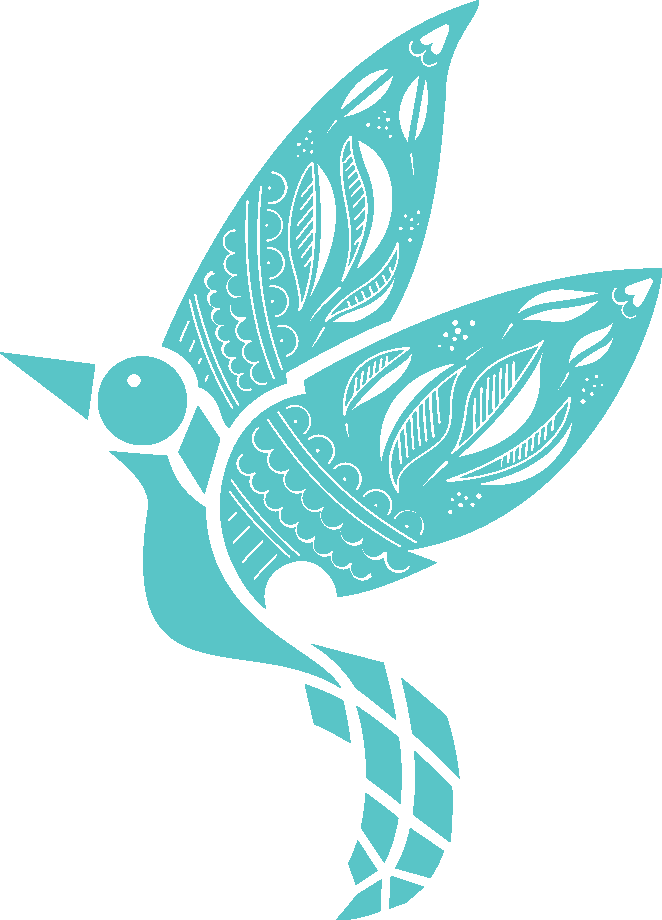
The Resilient Health Team
*Source of the photo: https://www.in2greatfitness.com.au/post/fascial-lines-don-t-need-stretching; pics from google images
References:
Kuchera ML, Kuchera WA. Osateopathic Principles in Practice. Rev 2nd Ed. Culumbus, Ohio: Greyden Press, 1994, p39-52
The works of Zink himself: itandb.com/pdf/ccpthesis.pdf
